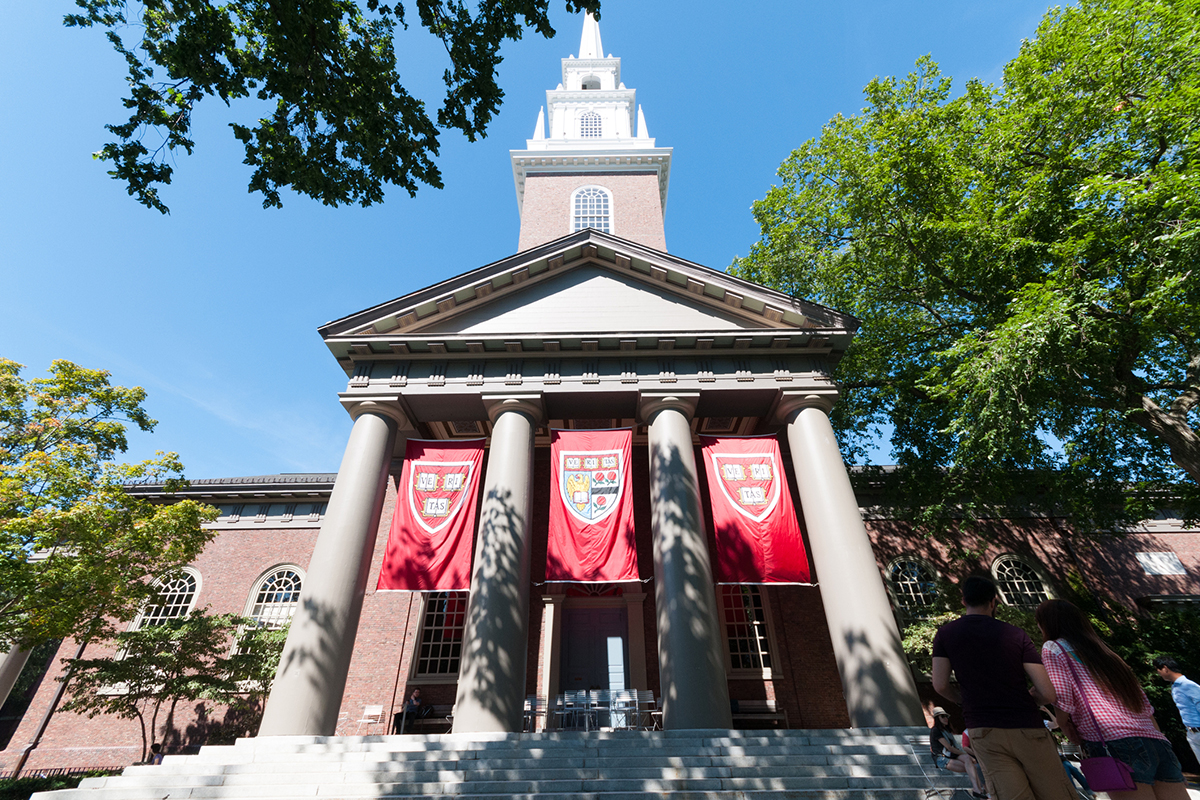
Narv Narvekar, CEO of Harvard Management Company (HMC), which oversees the $41.9 billion investment portfolio of Harvard University’s endowment, said he is “proud of the progress our team has made” in his third year at the helm.
The remarks, which were made in his “Message from the CEO” in HMC’s annual report, come just two years after Narvekar said he was “not pleased” with the endowment’s performance. This year is the third year of Narvekar’s five-year plan to reposition the portfolio.
Taken out of context, it might seem odd that he would be more proud of this year’s 7.3% return than the 10% the portfolio returned in 2018, but 2020 and 2018 were very different years for endowment performance. In a year when the global markets cratered during the first quarter, the 7.3% return is currently the third best among Ivy League endowments after Brown and Dartmouth’s returns of 12.1% and 7.6%, respectively. In 2018, Harvard’s 10% return was the second lowest among Ivy League schools.
“To date, we have focused on a number of important efforts, most notably: significant restructuring of the organization, implementing our investment approach across the portfolio, rebuilding the public market side of the portfolio, building on the historically successful parts of the illiquid portfolio, and also dealing with significant illiquid portfolio issues,” Narvekar wrote.
He said that while his team has progressed more quickly than expected regarding public markets, “the situation is more complex” for illiquid markets. He said his team is looking to build on its “historically strong private equity portfolio,” while reducing other illiquid exposure and removing the “illiquid anchors” he said are weighing down the overall portfolio and its performance. Narvekar said the legacy assets have no prospect of generating returns that match their risk and illiquidity, adding that in some cases they may not provide a return at all.
“Not surprisingly, these changes take much longer and we will use the remaining two fiscal years of the restructuring period to work our way to the starting line,” he said.
The portfolio’s current asset allocation is 36.4% in hedge funds, 23% in private equity, 18.9% in public equity, 7.1% in real estate, 5.6% in cash, 5.1% in bonds/Treasury inflation-protected securities (TIPS), 2.6% in natural resources, and 1.3% in other real assets.
The top performing asset classes in 2020 were public and private equities, which returned 12.2% and 11.6%, respectively, while bonds/TIPS returned 8.2%. Other real assets was the portfolio’s worst performing asset class, losing 17.5% during the year, followed by natural resources and real estate, which declined 6.2% and 0.5%, respectively.
“Fiscal year 2020 was another year in which asset allocation (or risk level) played a major role in returns,” Narvekar said. “Those who took the highest risks, generally speaking, garnered higher returns. It was also a year in which HMC’s manager performance served to overcome its lower allocation to certain higher risk assets.”
HMC’s three-year public portfolio’s annualized outperformance stands at 4.4% as of the end of fiscal year 2020, which Narvekar said is an “excellent performance” for the period.
“After three full fiscal years of hard work, we are beginning to see the benefits of the ongoing transition,” Narvekar said. “To be sure, there is much left for us to accomplish, but the early signs are encouraging and we remain confident in the direction we are headed.”
Related Stories:
Harvard ‘Not Pleased’ with 2018 Performance
Harvard’s Endowment Returns 7.3% for the 2020 Fiscal Year
Harvard Spins Off Natural Resources Team
Tags: Endowments, Harvard Management Company, Harvard University, HMC, Ivy League, Narv Narvekar
